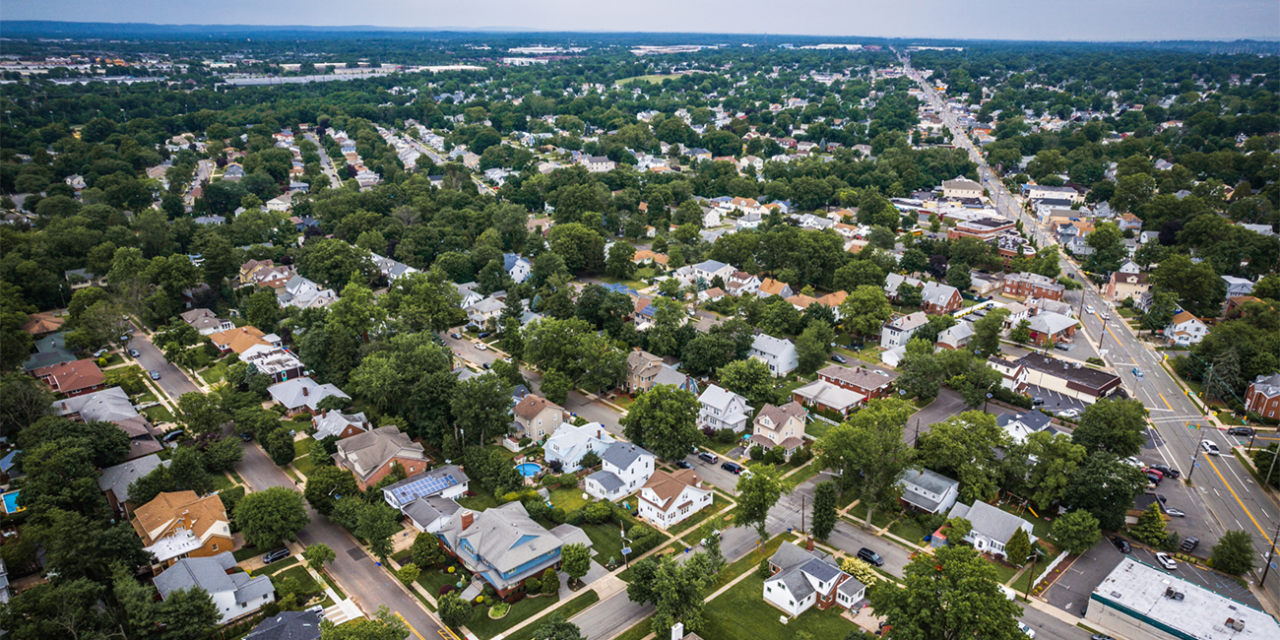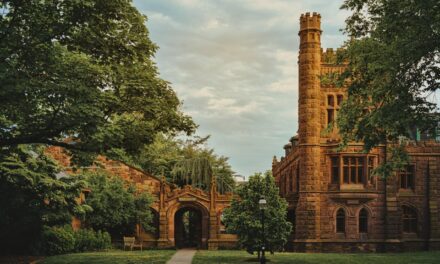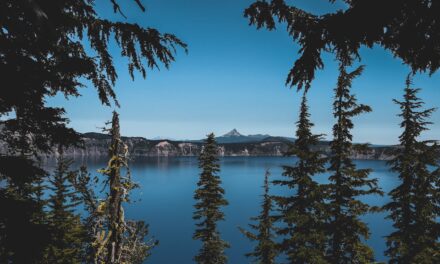Edison, New Jersey, located in Middlesex County, is a township rich in history and innovation.
Its journey from a rural settlement to a bustling suburban and technological hub reflects the broader story of American progress and ingenuity.
Table of Contents
Early Beginnings
Indigenous Roots
Before European colonization, the area now known as Edison was inhabited by the Lenape Native Americans.
The Lenape lived in harmony with the region’s rich natural resources, relying on hunting, fishing, and agriculture. They maintained a sustainable lifestyle, deeply connected to the land and its cycles.
Colonial Settlement
In the 17th century, European settlers arrived, attracted by the fertile land and abundant resources.
The area was originally part of the Raritan Township, established in the early 1700s. Early settlers were primarily Dutch and English, who engaged in farming and established small communities.
The Age of Innovation
Thomas Edison’s Influence
Edison is certainly named after the famous inventor Thomas Edison, who established his Menlo Park laboratory in the area in 1876.
Thomas Edison: Known throughout as the “Wizard of Menlo Park,” Edison conducted groundbreaking experiments and inventions here, including the phonograph and the incandescent light bulb. His work in Menlo Park earned him over 1,000 patents and cemented the area’s reputation as a center of innovation.
Menlo Park Laboratory: This site became the world’s first research and development facility, a model for future industrial laboratories. Edison’s inventions and improvements to existing technologies profoundly impacted the Industrial Revolution and modern technology.
Growth and Development
Industrial Expansion
The early 20th century saw significant industrial growth in Edison.
Railroad and Transportation: The expansion of the railroad system brought about the movement of goods and people, contributing to the area’s economic growth. Factories and industrial facilities began to populate the landscape, attracting workers and their families.
Residential Development: With industrial growth came the development of residential neighborhoods. The population grew steadily, and the community expanded to include schools, churches, and recreational facilities.
World War II and Post-War Boom
Economic Changes: During World War II, Edison, like many American towns, contributed to the war effort with increased industrial production. The post-war era saw a boom in suburban development, driven by the demand for housing and the growth of the middle class.
Infrastructure Development: The construction of highways, including the New Jersey Turnpike and Garden State Parkway, further connected Edison to major cities and facilitated its growth as a suburban hub.
Modern Edison
Technological Hub
Today, Edison is known for its robust economy and diverse population.
Business and Industry: Edison is home to a mix of businesses, from small enterprises to large corporations. The Raritan Center Business Park is one of the biggest and largest industrial parks on the East Coast, providing jobs and economic stability to the area.
Cultural Diversity: Edison boasts a vibrant multicultural community. The township has a significant Asian-American population, contributing to its rich cultural mosaic. Edison’s unique charm includes festivals, cultural events, and diverse culinary offerings.
Fun Things to Do in Edison
Explore Historical Sites
- Thomas Edison Center at Menlo Park: Visit the museum and memorial tower dedicated to Thomas Edison’s life and inventions.
- Edison State Park: Enjoy a walk through this park that commemorates Edison’s contributions to modern technology.
Outdoor Activities
- Roosevelt Park: This park offers a beautiful lake, walking trails to meander on, and picnic areas, perfect for a day outdoors.
- Papaianni Park: Known for its sports facilities, including tennis courts, baseball fields to use, and a skate park.
Shopping and Dining
- Menlo Park Mall: A major shopping destination with a variety of stores, restaurants, and entertainment options.
- Oak Tree Road: Known for its vibrant Indian and South Asian community, this area offers a rich array of dining and shopping experiences.
Q&A: Exploring Edison’s Legacy
Q: How did Thomas Edison’s work influence the development of the area?
A: Thomas Edison’s establishment of his laboratory in Menlo Park turned the area into a hub of innovation and set the stage for its future growth as a center of technology and industry.
Q: What role did World War II play in Edison’s growth?
A: The industrial demand during World War II boosted Edison’s economy, and the post-war suburban boom led to significant residential and infrastructural development.
Q: How has Edison’s cultural diversity shaped the community?
A: Edison’s multicultural population has enriched the community with diverse cultural festivals, culinary traditions, and inclusive community programs, making it a vibrant and dynamic place to live.
Q: What are some key historical landmarks in Edison?
A: The Thomas Edison Center at Menlo Park and Roosevelt Park are significant landmarks celebrating Edison’s historical legacy and providing recreational opportunities for residents and visitors.
Q: How does Edison balance its historical heritage with modern development?
A: Edison maintains its historical sites while fostering economic and infrastructural development, ensuring a harmonious blend of past and present.
Q: What future developments are anticipated for Edison?
A: Future developments in Edison focus on sustainable growth, enhancing transportation infrastructure, and expanding business and residential opportunities to support its growing population.
The Future of Edison, New Jersey
Edison’s rich history of innovation, cultural diversity, and community resilience continues to shape its present and future.
As the township evolves, it remains committed to honoring its historical legacy while embracing new opportunities for growth and development.
Edison’s future promises to be as dynamic and inspiring as its past, driven by the same spirit of ingenuity and community that has defined it for centuries.





